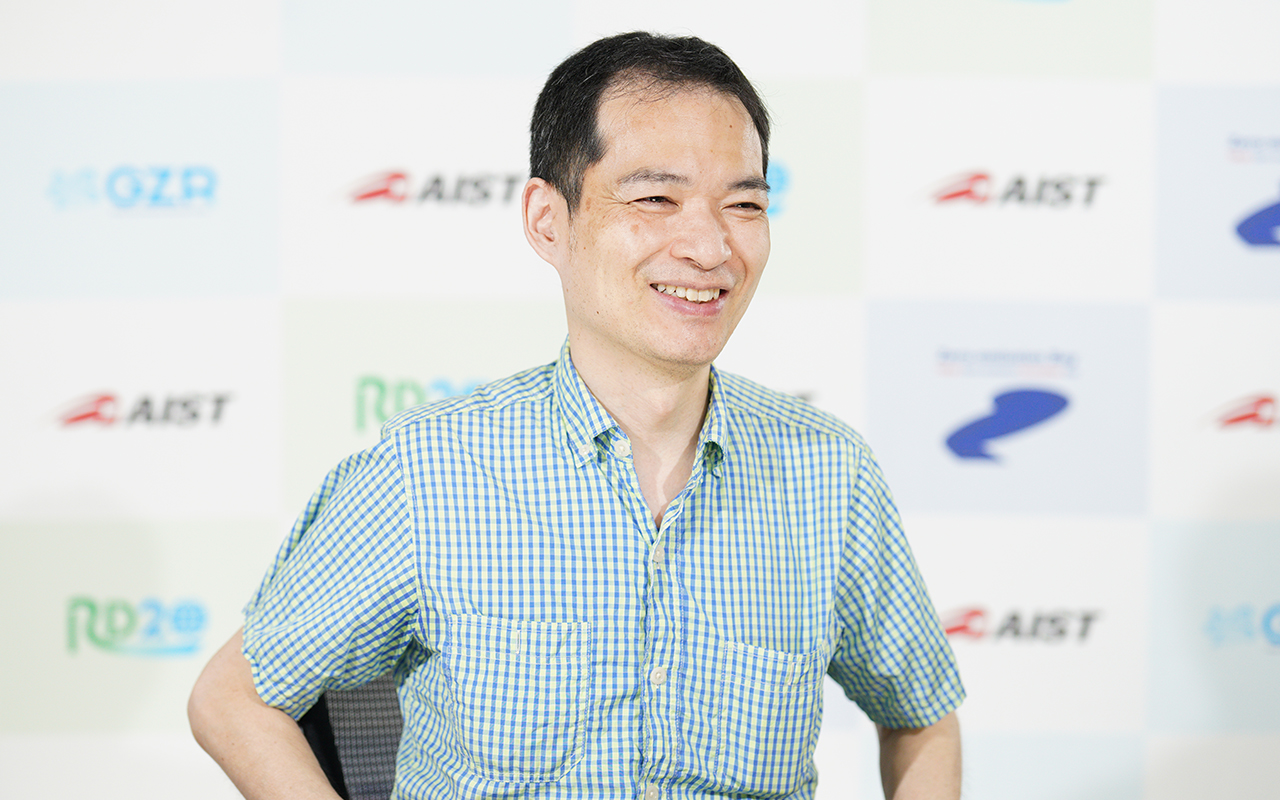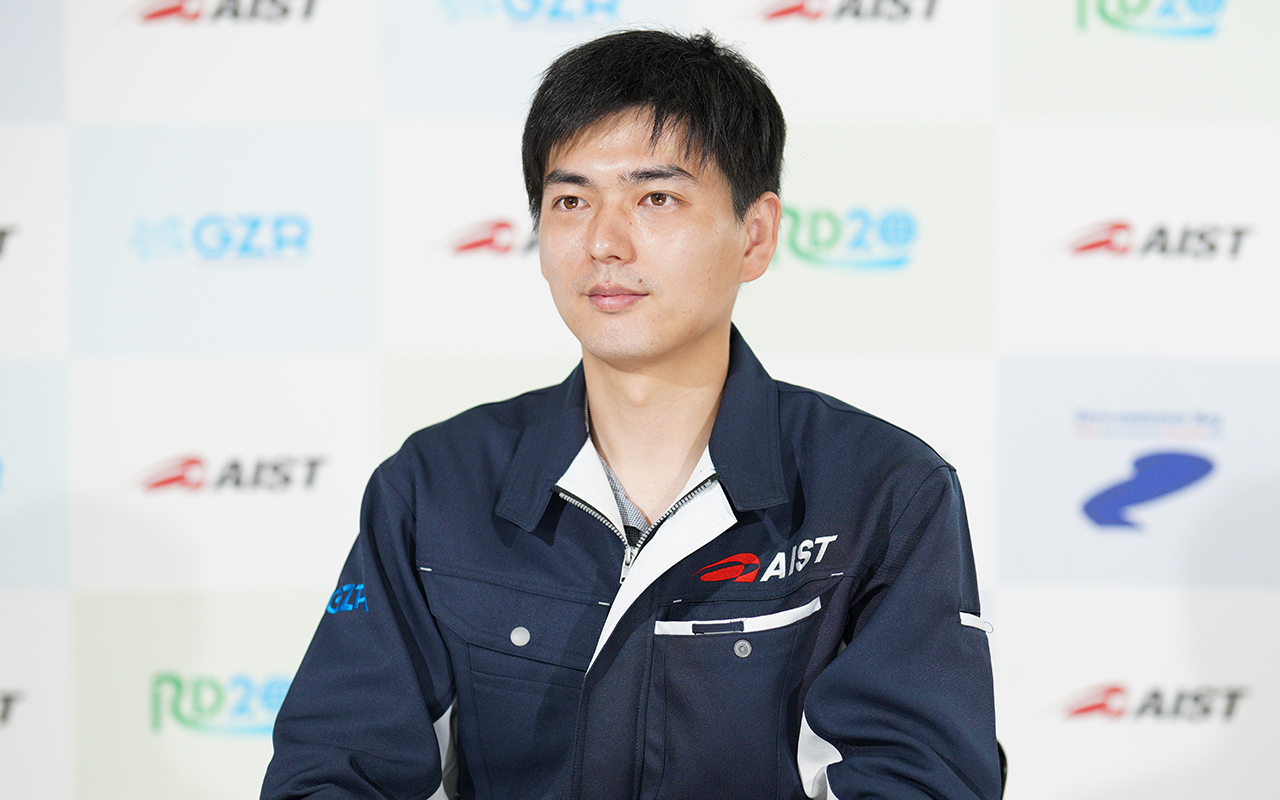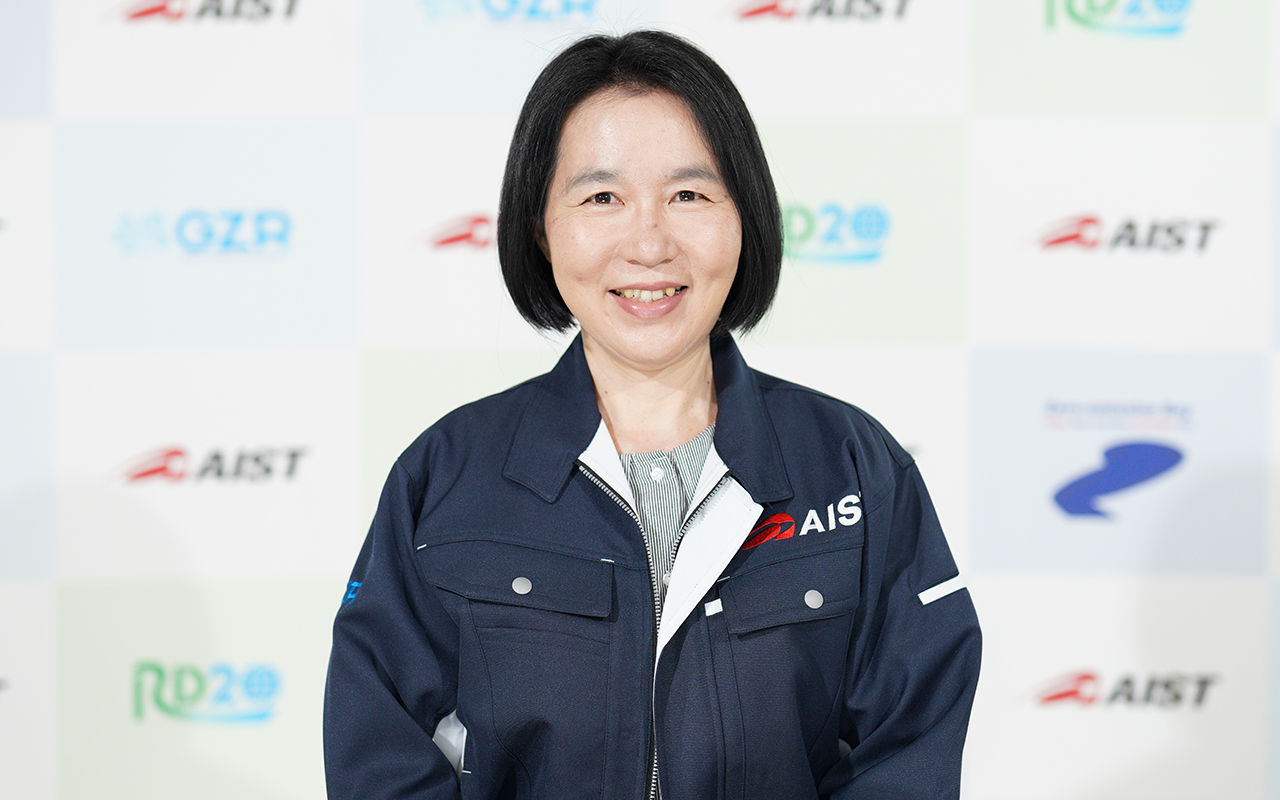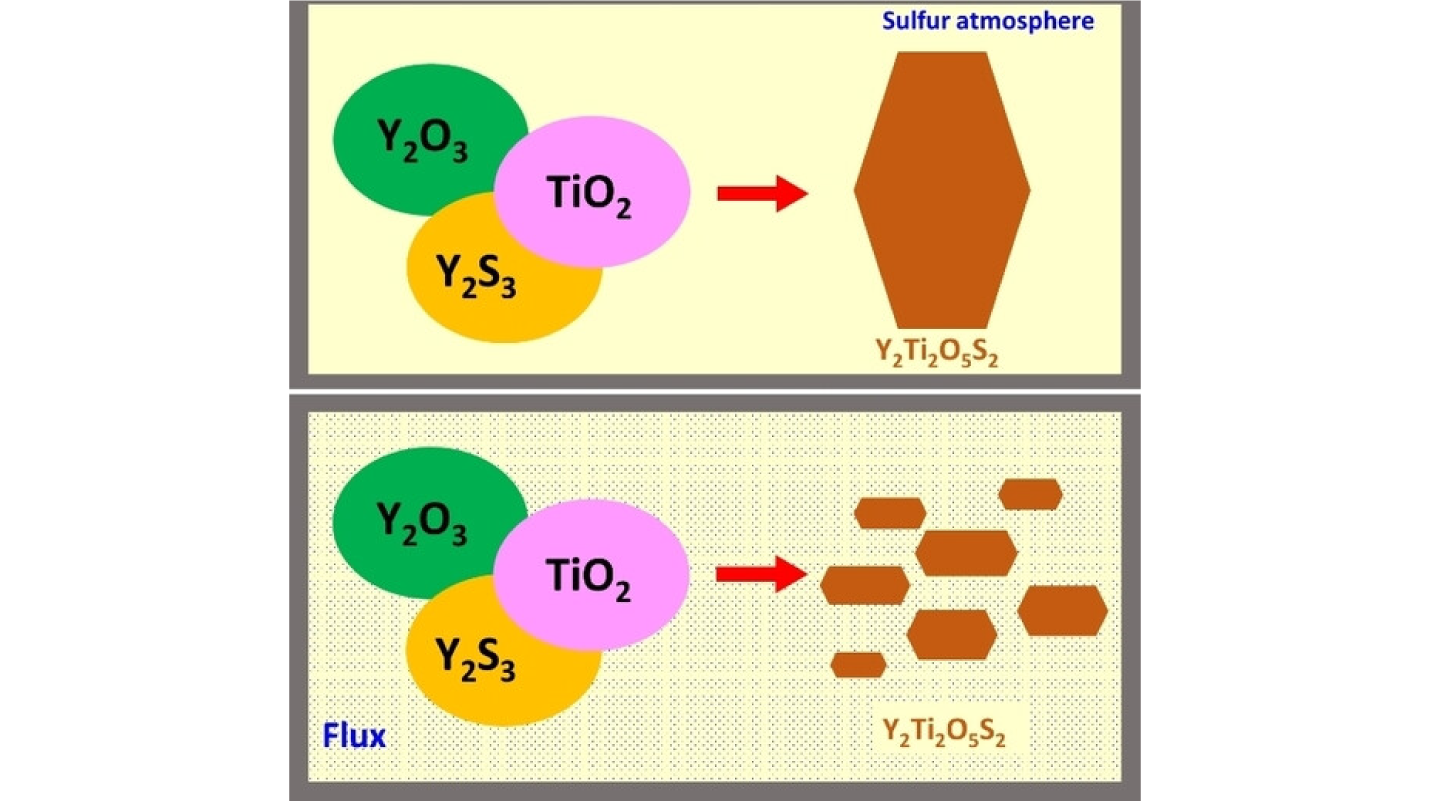Artificial Photosynthesis Research Team
We pursue all the possibilities of artificial photosynthesis, such as realization of economical hydrogen production and application to the production of valuable products. We also develop fundamental technologies to improve the performance of artificial photosynthesis.

Research themes
- Water splitting into H2 and O2 using photocatalysts
- Development of economical hydrogen production technology that combines photocatalysis and electrolysis using redox mediators such as iron ions
- Development of hydrogen and valuable substances production using photoelectrodes and electrode catalysts
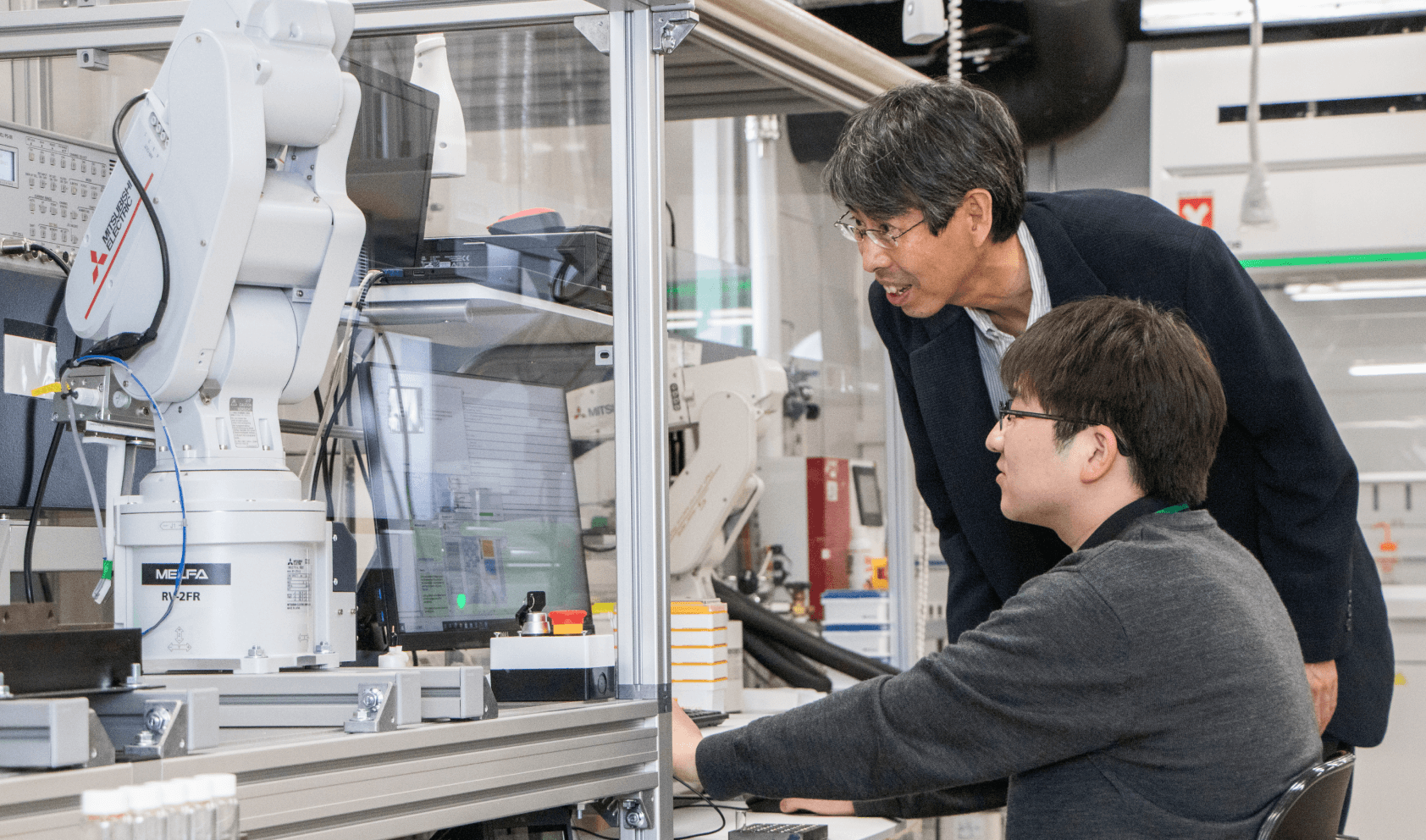
Research Team Leader / Greetings
MISEKI Yugo
We are exploring the possibilities of artificial photosynthesis with the aim of expanding solar energy utilization technology. In addition to existing ideas for the economical hydrogen production methods, such as integrating it with electrolysis or simultaneous production with valuable products, we are also focusing on creating new methods of artificial photosynthesis utilization. In order to improve the solar energy conversion efficiency, we will not only conduct trial and error in actual experiments, but also collaborate with members who are skilled in theoretical interpretation such as computational science. We will also focus on developing methods that utilize robotic equipment and AI. We look forward to hearing from you if you would like to join us in solving these difficult problems!
Members
KUSAMA Hitoshi
KODERA Masanori
NANDAL Vikas
SAYAMA Kazuhiro
HORIE Hirotaka
OKUDA Masami
Background
● Development of artificial photosynthesis technologies (APT) for utilization of enormous solar energy has been investigated to realize CO2-free and sustainable society.
● APT can convert solar energy into chemical energy (H2, organic compounds, valuable chemicals, etc.), mimicking the mechanism of photosynthesis in plants.
● Highly efficient and economical APT system should be realized using photocatalyst and photoelectrode prepared by simple processes.

Research topics 1: Water splitting into H2 and O2 using photocatalysts
Powdered semiconductor photocatalysts (oxides and non-oxides) for effective decomposition of water into H2 and O2 is developed. The researches are accelerated by using theoretical chemistry and computational chemistry.
Research topics 2: H2 production on photocatalysis-electrolysis hybrid system
“Photocatalysis-electrolysis hybrid system” is AIST original technology, and low-cost H2production with solar energy can be realized by the combination of large photocatalysis pool and low-bias water electrolysis using Fe3+/Fe2+ ion redox mediator.
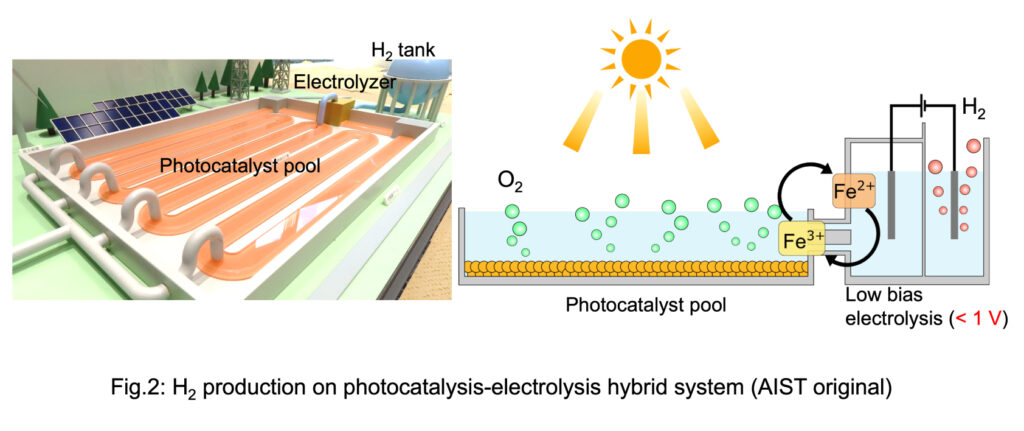
Research topics 3: Photo-electrochemical process for production of H2 and valuable chemicals to improve economical efficiency
High-value-added chemicals (hydrogen peroxide, hypochlorous acid, etc.) can be produced on oxide photoelectrodes using solar energy, with producing H2 on the counter electrode. These chemicals can be used for sterilizing, bleaching, cleaning, etc. The product selectivities can be ~100% by AIST technology.
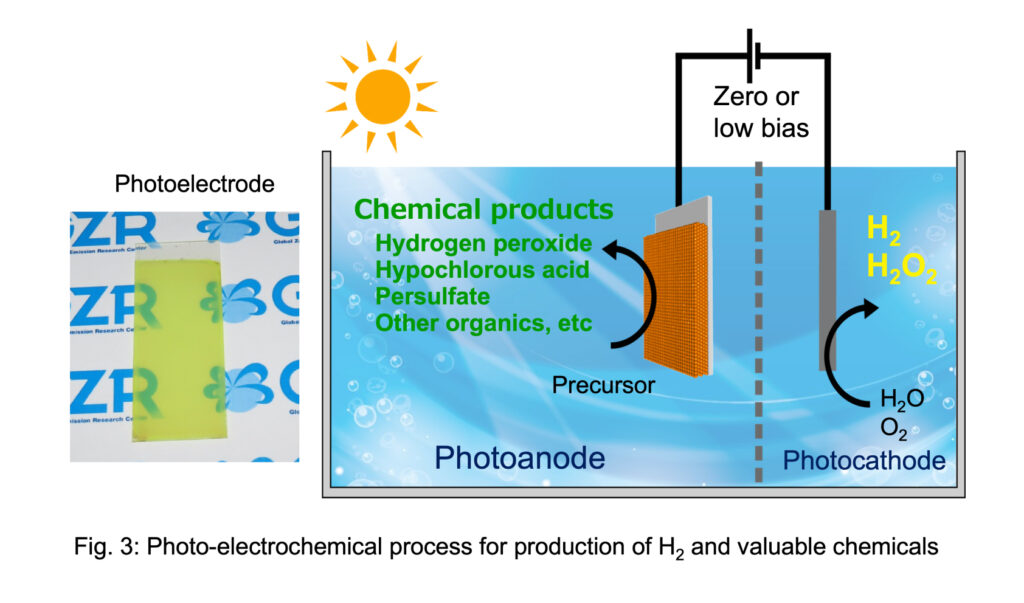
Future plan
・ Proposing of innovative systems with economic rationality and reduction of CO2 emission effect by the fusion of artificial and natural photosynthesis.
・ Development of high-throughput screening system for materials on photocatalyst and photoelectrode. Utilization of machine learning for big data as research DX.
Video
Research
Highlights
Research Teams
- Thermal Energy Device Research Team
- Fundamentals of Ionic Devices Research Team
- Artificial Photosynthesis Research Team
- Carbon-based Energy Carrier Research Team
- Carbon Management Research Team
- Resource Circulation Technology Research Team
- Environmental Impact Research Team
- Environmental and Social Impact Assessment Team
- Data-Driven Smart Society Systems Research Team




